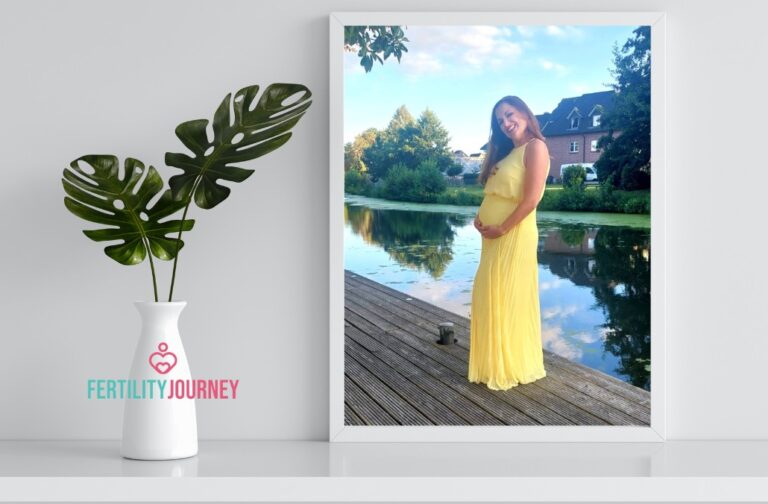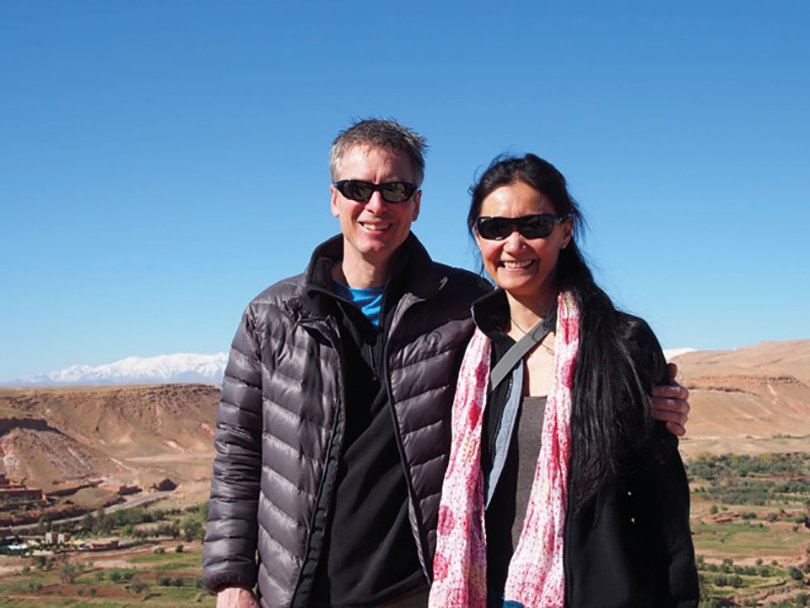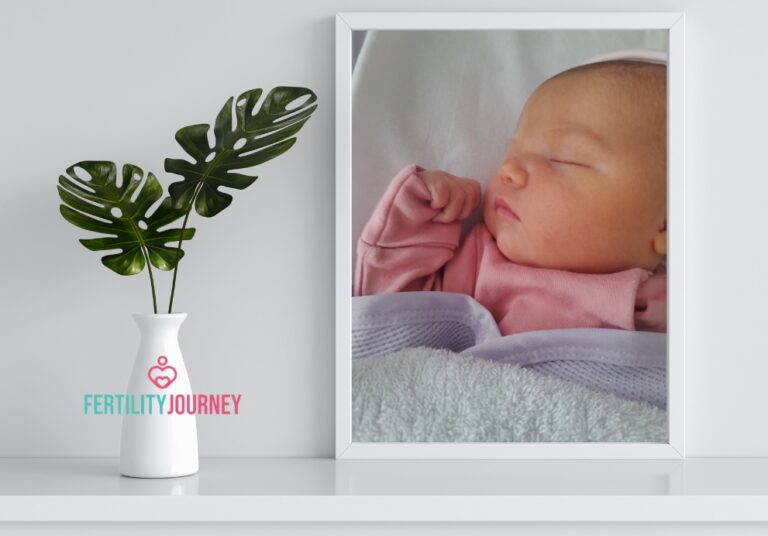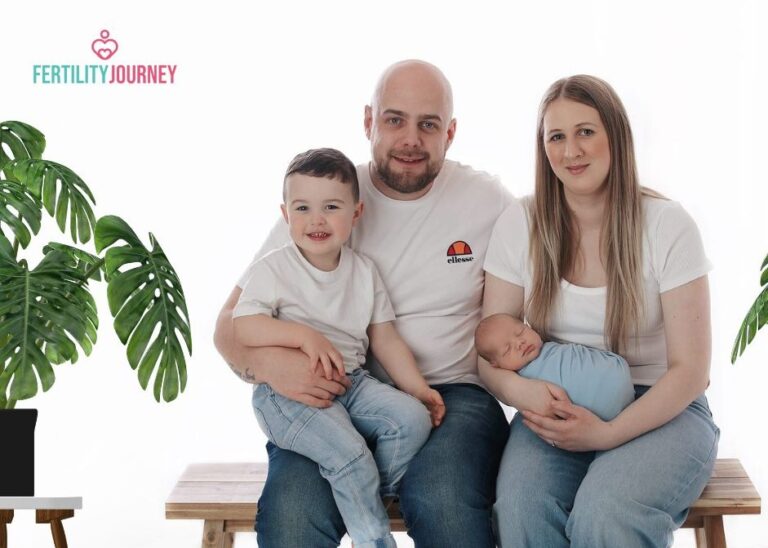Anne writes…
Although we had been reassured about how treatment would work using a US clinic and needing support in the UK, it was difficult to understand until we started the process. I felt that the first tick on the list was finding the right donor.
I started scanning ORM’s donor profiles in earnest. They were full of really great information about the donors, with photos of them now and while growing up. There was full family history and their academic achievements and general likes and dislikes. It took some time looking before a donor we really connected with became available. As soon as we agreed that she was the one, we got in touch with ORM to set the ball rolling. Our coordinator at ORM, Lauren, was really great and started organising us immediately!
We arranged our first visit to Portland as soon as we could and we rushed through the screening tests we had to complete before we went over. We mainly did these through the private clinic we had used previously, who were really helpful and agreed to help us with the UK testing once my cycling and pregnancy had started. We were set to go!
The first visit to ORM went very smoothly. They had helped us with choosing a hotel and we checked into one directly opposite the clinic. We had all our appointments and tests done the day after we arrived from the UK, including a mock transfer.
Our chosen donor was actually a carrier for three mild genetic diseases. So when we arrived in Portland, the implications were discussed with us and Chris had blood taken to see if he was also carrying any of those recessive genes. The results of this we wouldn’t know for 3 weeks. If he was negative, it would be fine to carry on and use this donor as the risks to the child would be negligible.
Lauren arranged for us to collect all the medications I would need up until transfer. She instructed me how to inject my medications and gave me a very comprehensive chart with all my doses and timings of the various hormone injections I needed to inflict on myself over the next few months! We visited the pharmacy and were loaded up with a small suitcase of needles, syringes, bottles of injectable medications and antenatal vitamins to take back to the UK in our baggage. Once we had finished, we headed straight off the same afternoon to Mount Bachelor to enjoy a few days of much needed holiday.
After a tense 3 week wait at home, Chris’ genetic testing results came through – all negative, thankfully. Our donor was instructed to start her medications and get ready for the egg retrieval procedure. I also started my medications; the first few were a little daunting but after that it became a bedtime routine.
The first round of medications were injections under the skin in my belly fat. These were not too bad, involving only a small volume of liquid. In the run up to transfer, the injections in the muscle of my bottom were started. They were a larger volume and took a bit of getting used to! During this time, I had frequent tests done to check my estradiol and progesterone levels and I had an ultrasound scan to check the thickness of my uterine lining. These were all noted in my chart and I was in constant contact with Lauren at ORM.
While this was happening, our donor went through the egg retrieval. Once sperm and eggs were combined, we were kept up to date by the embryology team for the next week while our 20 fertilised eggs were monitored and grown. Eight of these made it to the 5-day blastocyst stage and after the CCS (Comprehensive Chromosome Screening) testing, we ended up with six normal little blastocysts which were frozen in preparation for our next visit.
How exciting! Because the CCS testing also indicates the sex of each embryo, we had the option to choose a boy or a girl – it was a very difficult decision.
By the time we arrived in Portland for our second and final visit, I was ready and my uterine lining was plenty thick enough to receive our new member of the family! The whole process was very smooth and easy. Once I had my blastocyst implanted, I was able to go back to the hotel and I was under strict bed rest instructions for the next 2 days. Luckily we chose a hotel with a view! We had a relaxed little holiday before we went back home with a new life growing inside of me.
The next couple of weeks were a blur of HCG testing which would tell me if my blastocyst had implanted and was growing as it should. I also had regular testing and my injection doses were tailored to my hormone levels. We were really impressed with the amount of testing and input ORM had with me after transfer.
Finally I reached the 6 weeks mark and had my first ultrasound scan. It had taken and I was officially pregnant with a tiny 4mm long little embryo!
Dr. Bankowski Comments on Selecting an Egg Donor
Everyone at ORM is delighted with Chris and Anne’s progress and that they were able to find the right egg donor for them through ORM’s exclusive in-house programme.
Around 80% of ORM’s patients from around the world who need an egg donor find the right one for them among our programme of remarkable, accomplished young women. The women in ORM’s programme are in their twenties and have been fully screened by ORM’s physicians, in-house genetic counsellors, as well as a psychologist to ensure medical and psychological suitability for egg donation and optimum fertility. About two-thirds of ORM’s donors live locally in the Portland area.
For patients pursuing their treatment in the US, the availability of donors, the level of screening, the amount of information that patients can receive about potential donors, and the degree of choice patients have in the process can differ substantially from what is possible in their home countries. This was certainly the case for Chris and Anne coming from the UK where several restrictions are in place compared to the US.
In contrast to what would have been available to Chris and Anne in the UK, ORM donor profiles can contain 25 pages of information accessible by patients including: photos, personal background, education, interests, physical and ethnic characteristics, personal and family medical background, family genetic history, results of screening for recessive carrier genetic diseases, results of ovarian reserve testing, prior donation outcomes if applicable, reasons for donating, and whether the donor wishes to remain anonymous or is willing to be known to the patients.
Selecting a donor is an important and personal decision for patients. To help patients with this process, within its dedicated donor team, ORM has a Matching Coordinator, Corby Barnes, who works with many patients to find the right donor for them. Corby counsels ORM patients about prioritising the many criteria they may be evaluating. It can be beneficial for patients to consider not only a donor’s physical and personal characteristics, but also her medical background and the results of genetic screening when deciding on a good match.
Corby also advises patients to consider whether an anonymous, semi-anonymous, or known relationship with their chosen donor is right for them as this can impact their match.
Patients are universally focused on their chances for a successful donation that will lead to a healthy baby. Ovarian reserve (the capacity of a woman’s ovaries to provide eggs capable of fertilization) and the rate of abnormal embryo formation (embryos with the incorrect number of chromosomes) are key factors for patients to understand in using a donor. Age is a key indicator. A woman’s peak fertility (number and quality of her eggs) is in her twenties so this is the optimum period for women to donate eggs. We employ two tests: Baseline Follicle Count (the number of follicles in a woman’s ovary that will create an egg) and Anti-Mullerian Hormone (which provides an indication of a woman’s egg reserve), to help assess ovarian reserve.
In addition, for patients open to considering a repeat donor the results of any prior donation(s) can indicate key factors including: the number of eggs retrieved; the fertilisation and blastocyst formation rates; if the embryos from a prior donation were tested with CCS the rate of normal embryo formation; and whether a prior donation resulted in pregnancy and/or birth. Selecting a donor that has had a successful prior donation can provide patients additional comfort about their chances for success. In the US, the guidelines from the American Society for Reproductive Medicine indicate that women should not undergo more than six donation procedures.
The entire team at ORM is honoured to be working with Chris and Anne. We look forward to helping them on their continuing Fertility Journey!

Marie Enters Second Trimester with a Burgeoning Baby Bump | Next Fertility IVF Prof. Zech Pilsen
Marie shed tears of joy during her beat echo scan when she saw her baby’s tiny heartbeat for the first time. She said: “I was very excited when I had the ultrasound with my gynecologist.


